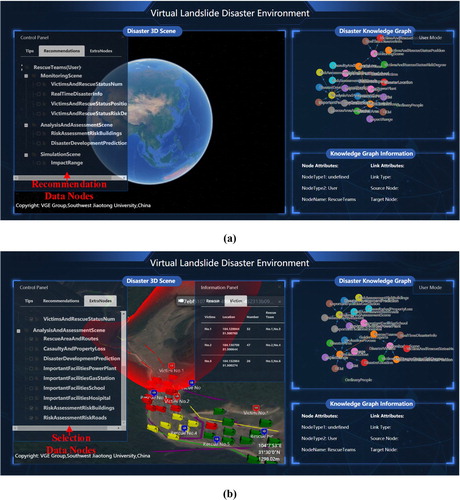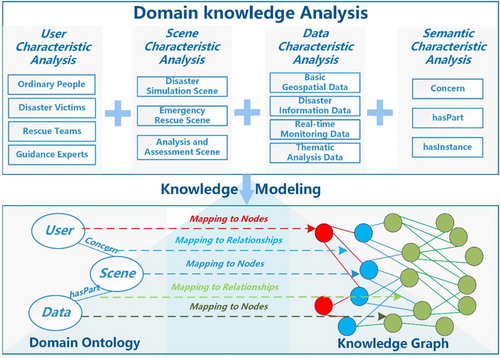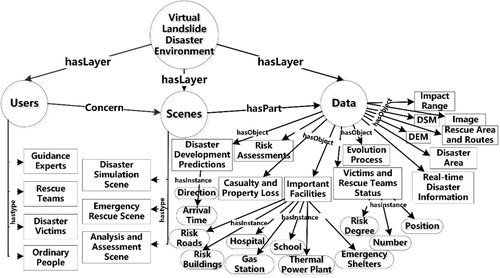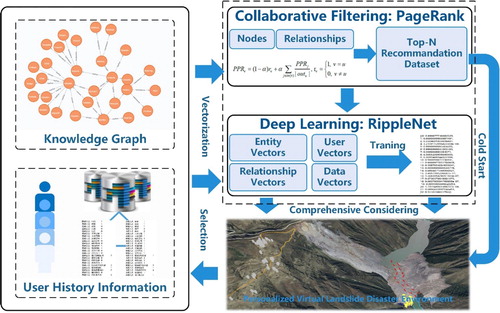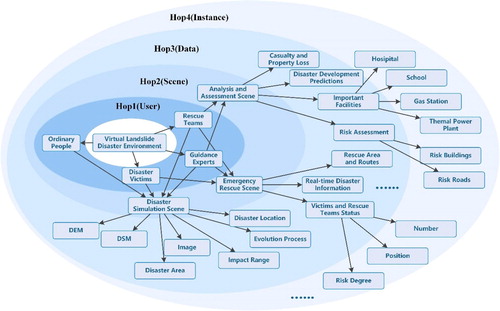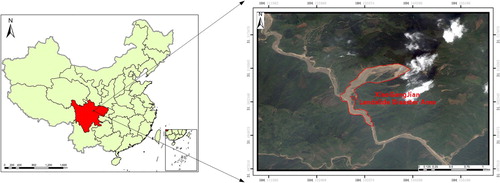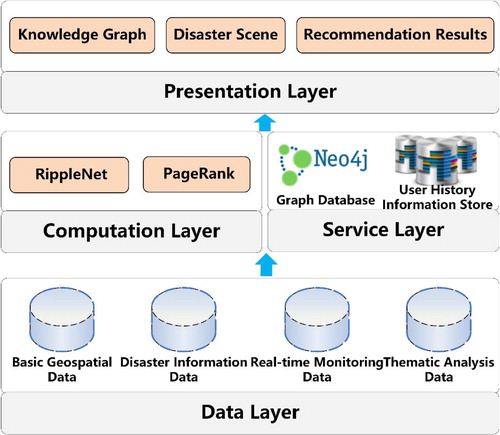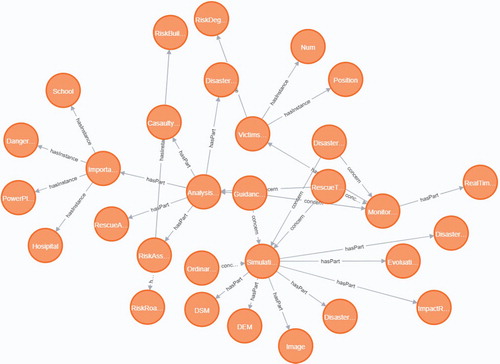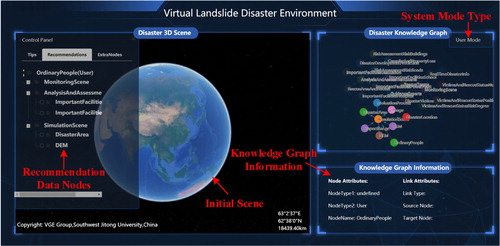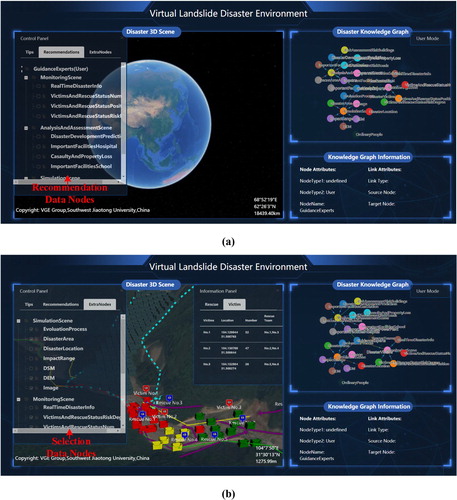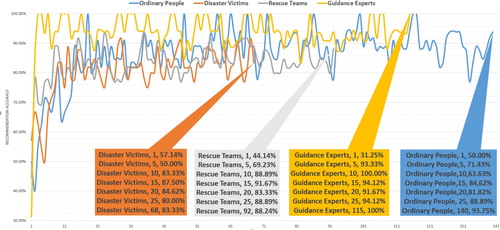Figures & data
Table 1. User characteristic analysis.
Table 2. Scene characteristic analysis.
Table 3. Data characteristic analysis.
Table 4. Semantic relationship analysis.
Figure 10. Recommendation and selection results for an ordinary people user type: (a) recommendation results, (b) selected results.

Figure 11. Recommendation and selection results for a disaster victims user type: (a) recommendation results, (b) selected results.
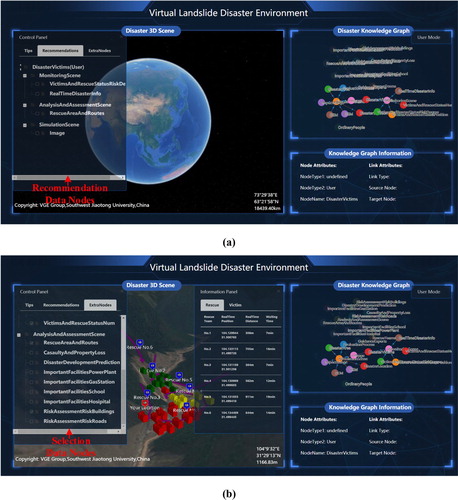
Figure 12. Recommendation and selection results for a rescue teams member user type: (a) recommendation results, (b) selected results.
